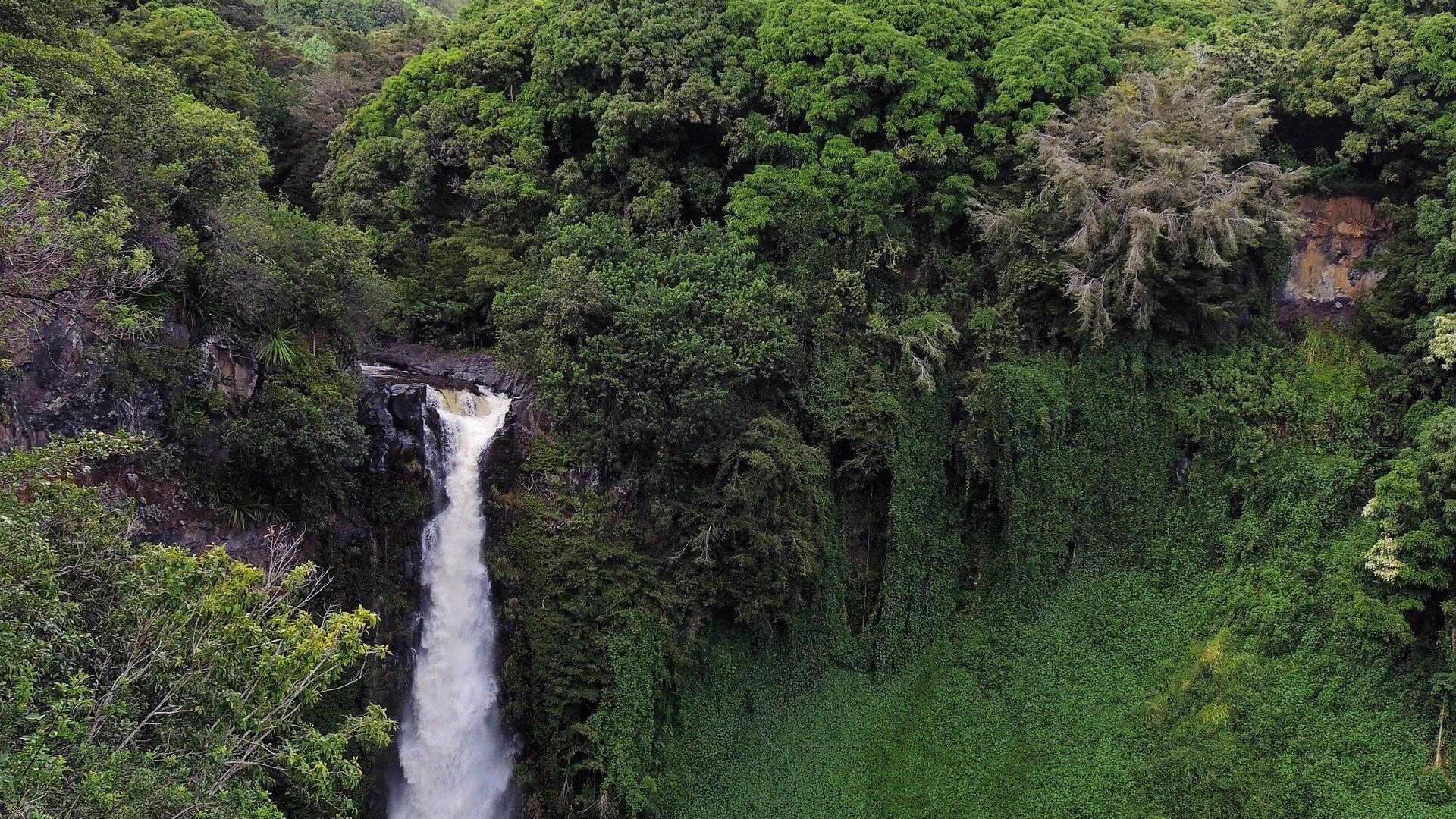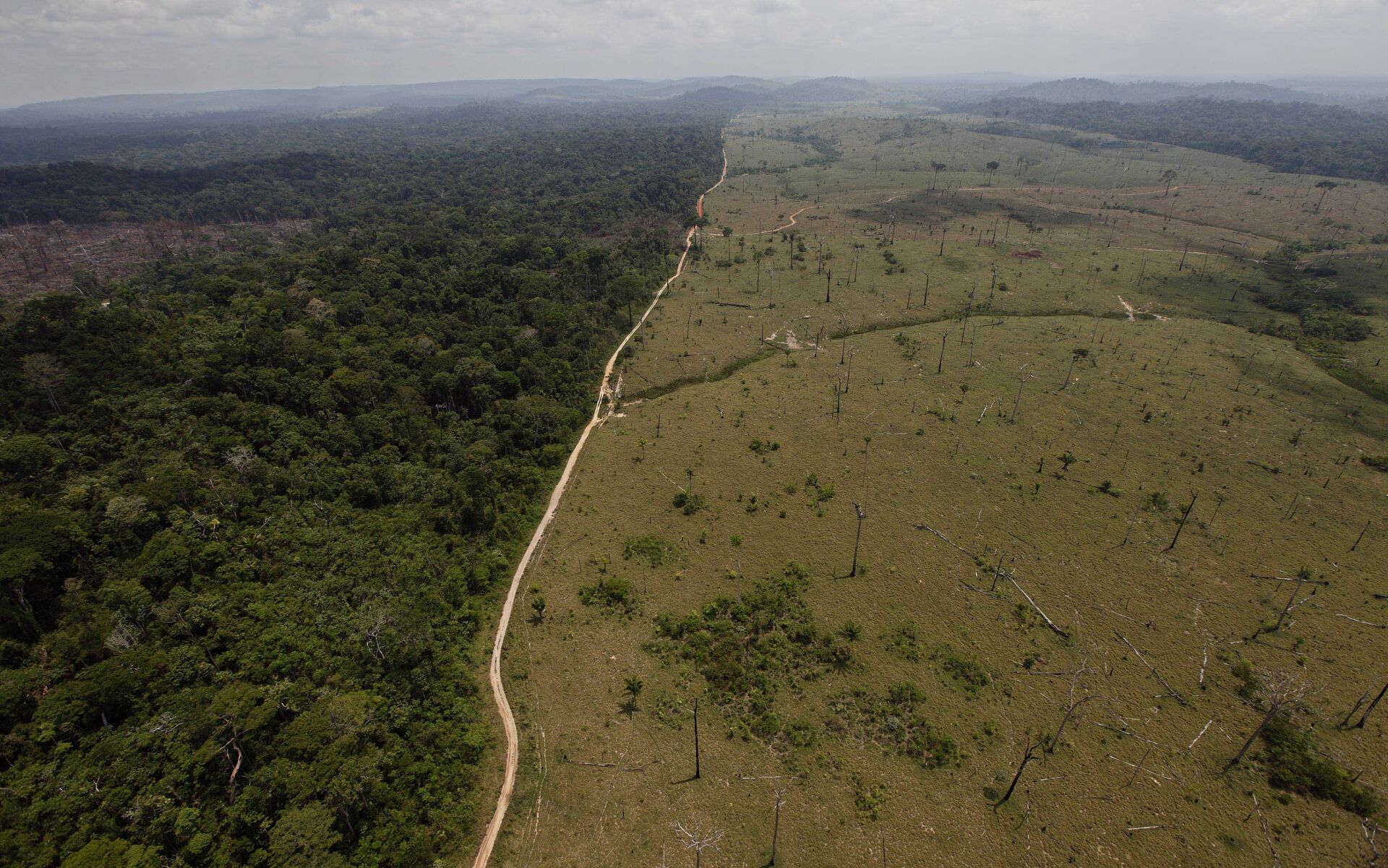Over Half of Amazon Rainforest Wobbling on ‘Tipping Point’ of Becoming Savanna, Warns Study
08:35 GMT 08.03.2022 (Updated: 08:56 GMT 08.03.2022)

© Photo : Pixabay
Subscribe
Researchers have determined that parts of the Amazon are getting much less rain than before because of deforestation due to logging and fires. Using computer models and data analysis, experts have been projecting that changes in rainfall and climate could radically reduce the Amazon rainforest before the end of this century.
Over three-quarters of the Amazon rainforest, which spreads across eight countries in northern South America, could turn into a savanna as early as in the next few decades, warn researchers.
Changes had long been predicted in the Amazon, as the rainforests are highly sensitive to changes in rainfall, with fires and periods of drought resulting in loss of trees. While researchers had previously warned that the green canopy of rainforest could transform into a savannah-like area of woodland and grassland, a study has revealed that this “tipping point” could be much closer.
"Deforestation and climate change, via increasing dry-season length and drought frequency, may already have pushed the Amazon close to a critical threshold of rainforest dieback," revealed the study, entitled “Pronounced loss of Amazon rainforest resilience since the early 2000s”, published on 7 March in scientific journal Nature Climate Change.
Over half of the Amazon rainforest has been increasingly losing its resilience since the early 2000s, particularly in areas that experience less rainfall and are closer to human settlements, claim researchers involved in the study. They warn that if the current trend continues, the Amazon could experience “irreversible dieback.”

Deforested area is seen near Novo Progresso in Brazil's northern state of Para
© AP Photo / Andre Penner, File
This loss of resilience is “risking dieback with profound implications for biodiversity, carbon storage and climate change at a global scale,” underscored the study, which resorted to satellite imagery in its analysis.
On Edge of ‘Tipping’
Science had shown that throughout 50 million years, the Amazon rainforest phase has endured, with the trees sustaining themselves, as water evaporated from leaves while the dense canopy would not allow the soil to dry. Accordingly, rainfall was, so to say on an endless loop.
This system is under increased pressure by human-caused warming and deforestation. A changing climate has resulted in a more extended dry season in the Amazon. Stressed by drought, trees become more vulnerable to wildfires, while logging has undercut the water recycling mechanism.
“Many researchers have theorised that a tipping point could be reached, but our study provides vital empirical evidence that we are approaching that threshold,” said study author Niklas Boers of the Potsdam Institute for Climate Impact Research.
Boers emphasized that research has shown that “deforestation and climate change are likely to be the main drivers of this decline.”

A burned area of Amazon rainforest is seen in the Biological Reserve Serra do Cachimbo, at the border with the Menkragnoti indigenous reserve of the Kayapo indigenous group in Altamira, Para state, Brazil, Wednesday, Aug. 28, 2019. (AP Photo/Leo Correa)
© AP Photo / Leo Correa
However “depressing” such findings might be, this should be regarded as an “early warning” to take measures before it’s too late, lead author of the study, Chris Boulton, of the University of Exeter, was cited as saying by The Hill.
“This gives new compelling evidence to support efforts to reverse deforestation and degradation of the Amazon to give it back some resilience against ongoing climate change,” added study contributor Timothy Lenton, director of Exeter’s Global Systems Institute, of the research.

